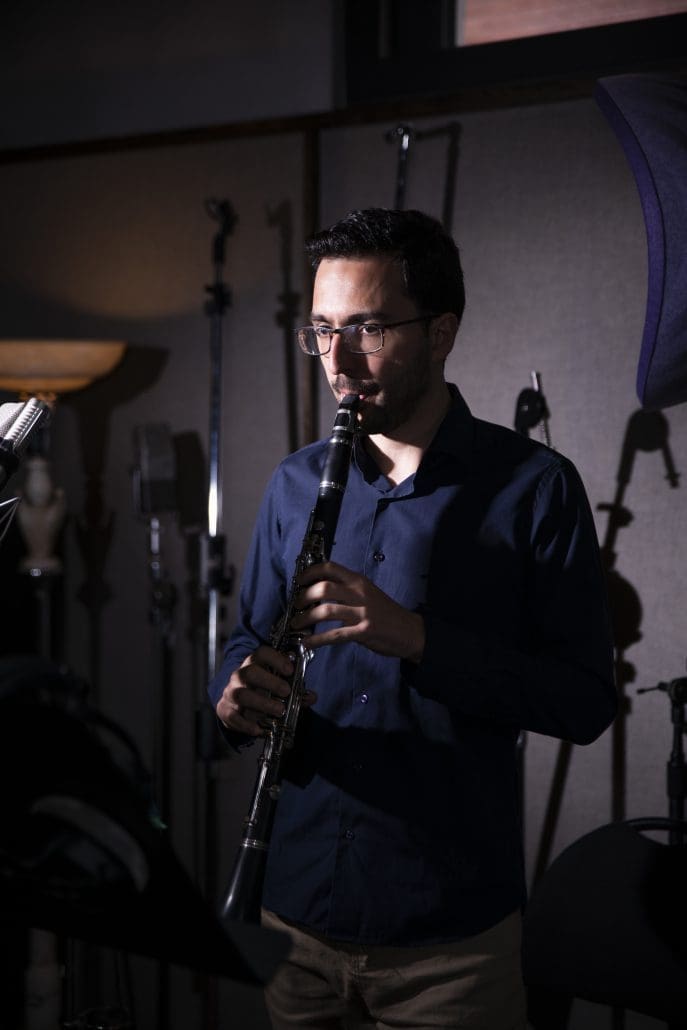Class by Gabriel Paquin-Buki
Learn klezmer
Klezmer music developed particularly in the 18th and 19th centuries, in the Ashkenazi Jewish communities of Eastern Europe (Hungary, Lithuania, Poland, Ukraine, etc.). At the time, it was music that accompanied different celebrations of daily life. Renowned for their great virtuosity and their excellent ears, the klezmorim (klezmer musicians) travelled from village to village to offer their music to all those who wanted an evening worthy of the name, full of songs and dances. These peregrinations were accompanied by an ever-growing repertoire, depending on the regions visited. With the advent of recording as well as the Catastrophe of World War II, these traditional practices almost disappeared. Klezmer music is now a style in its own right, often detached from the events and dances it once accompanied.
Content and Objectives of the class
- Know the modes and styles of pieces that characterize klezmer music (hora, khusidl, terkisher, freylekh, etc.)
- Understand the roles that each instrument can play (bass, rhythm, harmony, melody, counterpoint) and know where to place yourself musically in an ensemble
- Understand the framework of an improvised doina and its different codes
- Learn to ornament in the klezmer style (trills, glissandos, krekhts, etc.)
- Listening to recordings of key klezmer ensembles (early 20th century to the present day)
- Learning by ear and with sheet music
- And above all: learn to play klezmer music in the rules of the art, share, listen and have fun!








